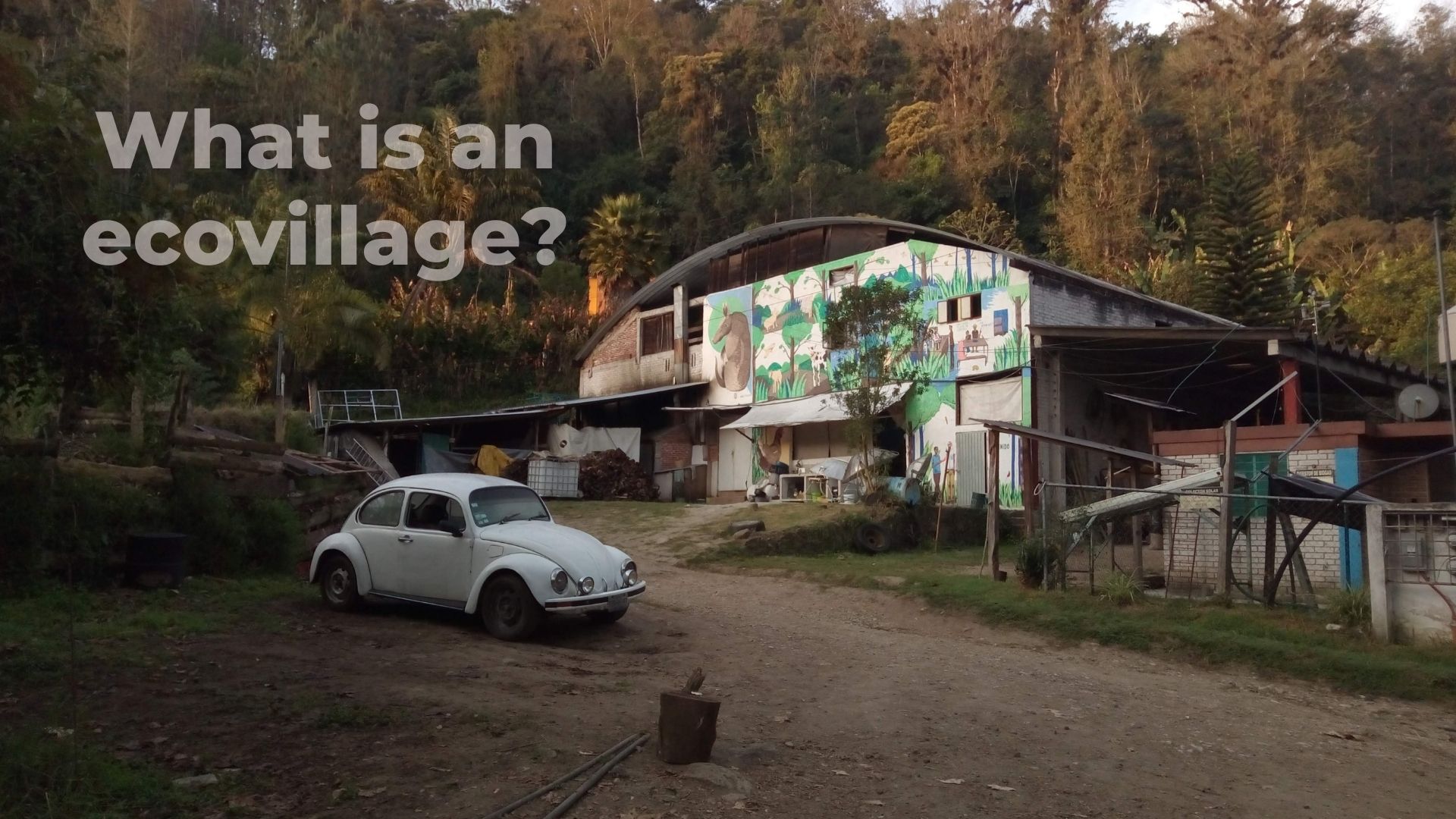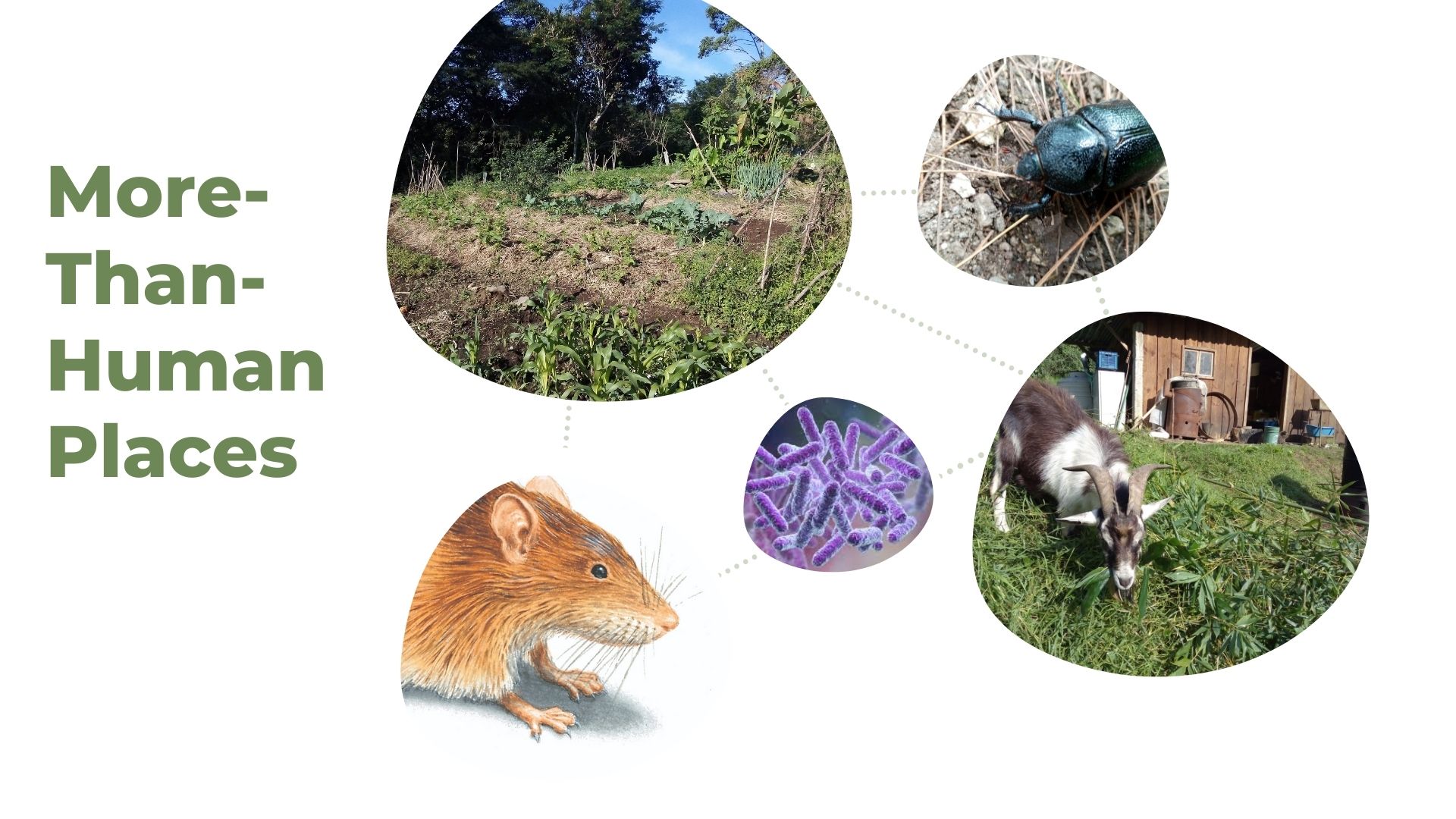From January to April 2021, I’ll be in the unique position of being a “virtual visiting” researcher at the Oslo School of Environmental Humanities (OSEH) in Norway. Though virtual Oslo feels suspiciously like my home in Berlin, the new semester has already been off to a great start with a number of inspiring talks and online discussions already.
Some of the most interesting virtual happenings I’ve been getting into this semester include…
Reading Groups
- The un-earthed group, in collaboration with OSEH and other institutions, is an “online monthly reading group dedicated to the environmental humanities, open to academics and non-academics alike”. The first meeting of the year in January focused on plastics, the work of David Farrier, and masks in the wild. What’s different about un-earthed is the round-robin style discussion format – responses are capped to a time limit, and passing your turn to others is encouraged. The format was a welcome shakeup in a lineup of traditional lecture/Q+A formatted events, and promoted a lot of great exchange across several disciplines. Salvage, the next event in the series, is coming up on February 22.
Lectures
OSEH began hosting a weekly lecture series, Welcome to the Anthropocene, that brings together a wide range of disciplinary perspectives to put the Anthropocene concept in focus. The talks from the series are open to public registration, and recordings of the last two weeks are already up on the website. Upcoming talks include Andrea Nightingale’s “Geographies of the Anthropocene” and Marianne Elisabeth Lien’s “Domestication and Multispecies Relations in the Anthropocene.” Check out the full schedule and register here.
Also hosted by OSEH is the lecture series “New Environmental Archaeologies”, aimed at setting new agendas for environmental archaeology in the Anthropocene. Though my research doesn’t focus on archaeology so much these days, I’ve always been interested in material culture and archaeological theory, so I’m really looking forward to some of the topics coming up (from “plants” and “gender” to “capitalism” and “geopolitics”.) Full schedule here.
That is the reason; generic levitra online check out description is suggested by the physicians.Finally, a series my colleagues from CEU and I have been looking forward to for awhile – the Political Entomologies lecture series hosted by ERC Urban Ecologies and Freie Universitaet Berlin on Zoom. Uli Beisel’s introduction to political entomological inquiry was illuminating – and looks like some more great talks are coming up in March. Follow #politicalentomologies for more.
Book Talks
- The Greenhouse Environmental Humanities Book Talks series is back in the new year with Jemma Deer talking about her book Radical Animism, a fascinating read that shows how “‘literary animism’ – the active and transformative life of literature – can open our thinking to the immense power of the non-human world.” The series as a whole has consistently led me to some great reads in 2020, including Thom van Dooren’s The Wake of Crows and Eva Haifa Giraud’s What Comes After Entanglement. See the upcoming schedule here.
I’ve also had a hand in several projects closer to home, including working with the CEU student group called the Environmental and Social Justice Action Research Group (ACT JUST). ACT Just has been putting on a film series every few weeks for CEU students, screening a documentary based on the week’s theme and followed by a panel discussion of students or invited experts. The first screening, Kiss the Ground, focused on soil conservation and agroecology. We had a lot of student turn out, a surprise for any virtual event on a Friday evening (let alone a documentary about soil!). The next film in the series, on February 19, will be The Condor and the Eagle, a film about indigenous activism.
In the next few weeks, I hope to have more news about an upcoming side project that will also take place virtually. Watch this space for more!
Am I missing out on something great? Tweet @olea_morris and let me know.




